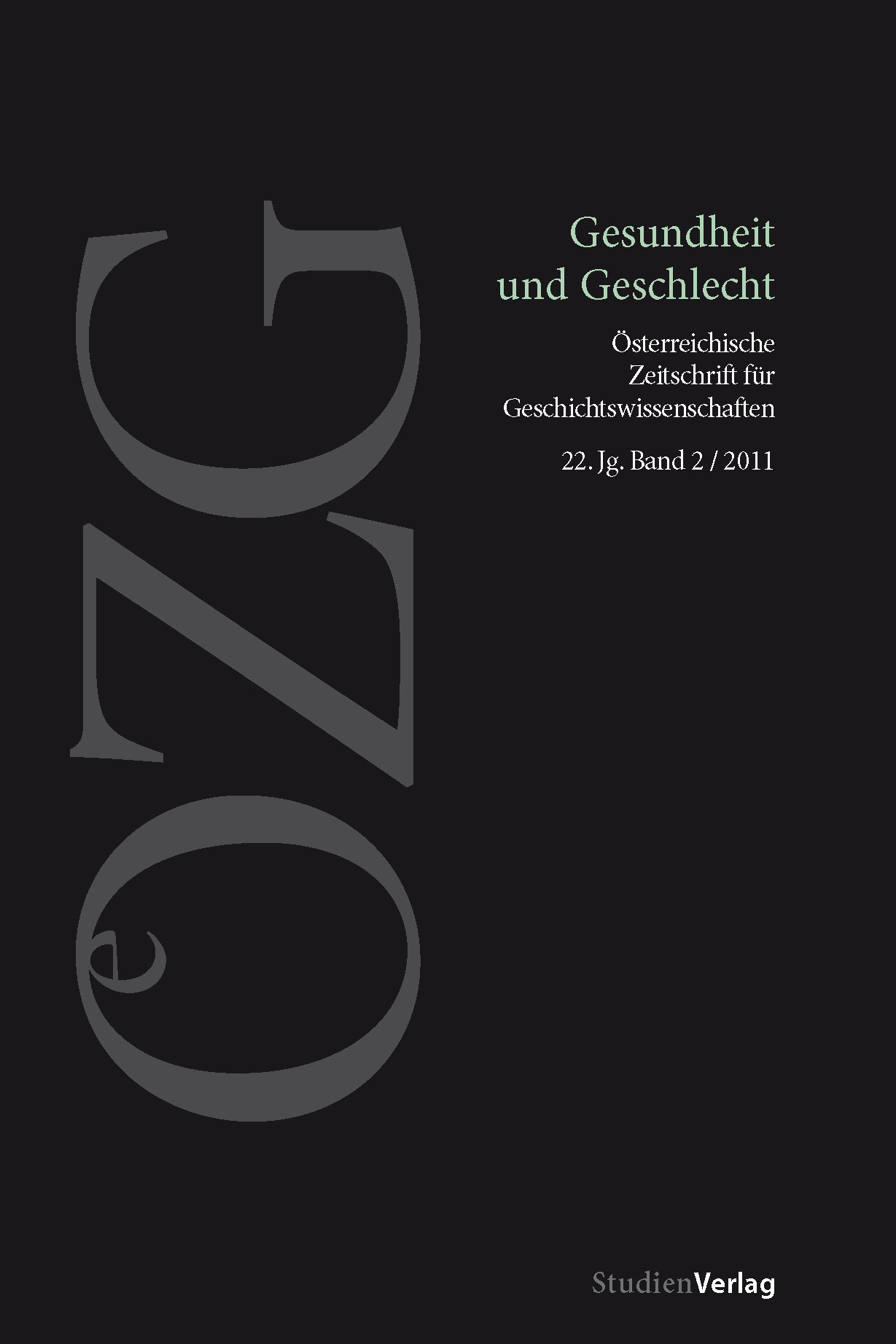Work, life expectancy, gender: Vienna 1900–1950
DOI:
https://doi.org/10.25365/oezg-2011-22-2-6Keywords:
social medicine, gender gap, working environment, mortality, morbidityAbstract
Medical discourse in the 1920s in Germany and Austria produced a significant increase in papers and monographs dealing with the links between female health and women at work. This hype vanished in the Austrofascist and Nazi-Era, when, because of ideology, female work became a non-topic. After World War II, neither social gap nor gender gap were main topics of social medicine. During the economic crisis of the 1930s, World War II and the post-War period an equalization of living standards on a low level took place. Despite of this, a significant gender gap became a general phenomenon since the 1950s, rather ignored by the medical profession or attributed to biological factors. This paper shows how a shift to white collar jobs at the labor market and technological changes in industries could partly explain the widening gap between female and male life expectancy in the first half of the 20th century as far as Vienna is concerned. While before World War I female excess mortality at young age was quite common in some occupations like construction and the textile industry, this was not true any longer in the 1930s and 1950s. Whereas before World War I the mortality of unoccupied females in general had been lower than the mortality of employed females of this age group, in the 1950s this relation was inverted. Therefore the deteriorating influence of double burdens on respectable working class women’s health in the interwar period should be discussed. Concerning male morbidity and mortality advantages of safer working places and the rising share of white collar jobs for male employees, even well paid academics like physicians were beyond the overall average, quite likely because their jobs were better paid but more stressfull. This trend continued till the 1980s. Since then the gender gap has decreased slowly. But even today in Austria, Britain and other developed countries life expectancy of a male academic is not much above the life expectancy of a blue collar female employee.


